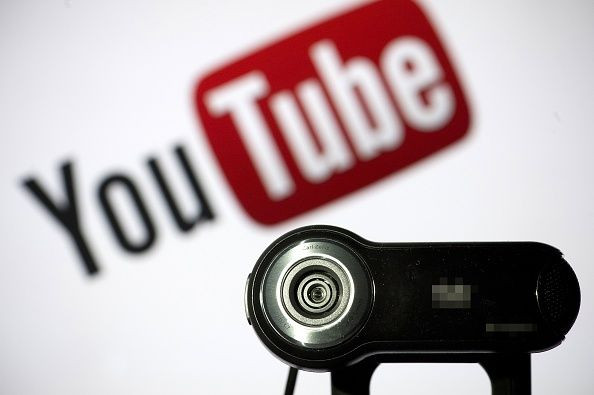Is YouTube Premium A Flop?

At a time when tech giants are increasingly peddling various subscription services of all sorts, Alphabet (NASDAQ:GOOG) (NASDAQ:GOOGL) subsidiary Google looks like it has failed in its meandering efforts to push a premium version of YouTube. It probably doesn't help that Google has revamped and rebranded the service numerous times, inevitably creating customer confusion.
This article originally appeared in the Motley Fool.
First announced in 2014 as Music Key, then rebranded as YouTube Red in 2015, the service morphed yet again into YouTube Premium earlier this year. The features included have changed along each step of the way, as have revenue-sharing agreements with content partners. The current iteration is priced at an ambitious $12 per month -- comparable to a Netflix subscription -- and removes ads while granting access to YouTube Originals.
Things are about to change again.
Changing gears again
As first reported by The Hollywood Reporter and subsequently confirmed officially by Variety, YouTube is preparing to overhaul its strategy once more. YouTube is planning on scaling down its investments in scripted programs while opening up YouTube Originals to all users. The company will continue producing certain shows to keep locked behind the YouTube Premium paywall, such as Cobra Kai, a spinoff based on the Karate Kid franchise of movies.
YouTube Premium isn't going away, but the video-sharing site is hoping to expand the audience of YouTube Originals while monetizing the content with its tried-and-true fallback: advertising. Instead, YouTube Premium will offer other benefits, such as early access to exclusive content.
"As we look to 2019, we will continue to invest in scripted programming and shift to make our YouTube Originals ad supported to meet the growing demand of a more global fanbase," a YouTube rep told Variety in a statement. "This next phase of our originals strategy will expand the audience of our YouTube Original creators, and provide advertisers with incredible content that reaches the YouTube generation."
Rivals have deeper pockets
While YouTube has never disclosed how many premium subscribers it has, the news is a clear indication that the numbers are underwhelming. At least investors know that YouTube has approximately 2 billion monthly active users (MAUs), a massive ad-supported audience that can help YouTube recoup some of its investments in the absence of a strong subscriber base.
The price of original content has been going up for years, as video-streaming services see it as a promising, albeit expensive, form of differentiation. YouTube's budget for original content is reportedly in the "hundreds of millions annually," according to THR. Compare that to the $13 billion that Netflix is expected to spend this year, the $5 billion that Amazon will probably invest, or even the $1 billion that Apple has allocated to get a sense of the uphill battle that YouTube faces in the market for original content.
Whether this latest strategic shift will pay off remains to be seen, but the competition for your attention is only going to intensify going forward.
John Mackey, CEO of Whole Foods Market, an Amazon subsidiary, is a member of The Motley Fool's board of directors. Suzanne Frey, an executive at Alphabet, is a member of The Motley Fool's board of directors. Evan Niu, CFA owns shares of AMZN, AAPL, and NFLX. The Motley Fool owns shares of and recommends Alphabet (A shares), Alphabet (C shares), AMZN, AAPL, and NFLX. The Motley Fool has the following options: long January 2020 $150 calls on AAPL and short January 2020 $155 calls on AAPL. The Motley Fool has a disclosure policy.




















